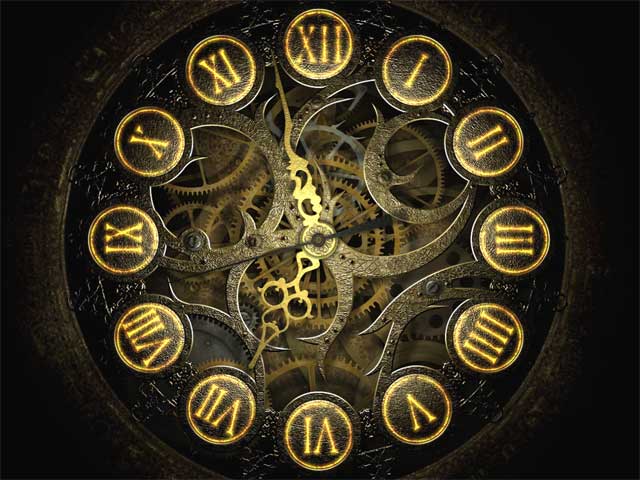


Back then, these things where huge contraptions who relied on bells to tell the time. The mechanical clock especially, has influenced society in unprecedented manners, right from the earliest mechanical clocks, which dates all the way back to the 14th century. “That is very exciting.I love clocks! These fantastic timekeepers are without a doubt one of mankind’s greatest innovations. “This will give students a great opportunity to apply their training to a real world social justice issue or environmental challenge,” says Diamond. Now they are lining up more sponsors specifically focused on social impact-companies that apply technology to address a societal need such as engineering to combat climate change. In the past, Thayer has worked primarily with industry partners with the goal of representing a broad cross section of engineering disciplines. Projects have ranged from designing arsenic-free water filters to a creating a “smart” deep brain stimulator. Small teams of students are matched with industry sponsors to solve real world engineering problems. It is a two-term capstone design course in engineering design methodology for B.E. Sol Diamond and his team now have their sights set on a new challenge: reimagining the Engineering Sciences 89-90 course sequence for remote learning this fall. “Most of all, she adds, “it was great to be part of a community of students throughout the world interested in creating a chronometer together.” Plans for capstone design course in 2020-21 “We had to put our heads together and design the clock so it would work on all our team’s printers.” “The biggest challenge with printing every piece was to get them to all fit solidly together,” says fourth-year B.E. Team Two built their clock using all 3D-printed parts.
Always 3d clock how to#
So we had to think together creatively on how to make parts small enough that wouldn’t interfere with overall functioning. “The problem is the printer cannot always handle the very small size. “Some connecting parts had to be very small,” says Ben Culmer ’20, a fourth-year BE student. Team One designed a clock with modular pieces that stacked on top of each other. “Others on the team had solid math backgrounds and helped with equations to build the right balance assembly, working with springs and oscillations.” “He was very helpful troubleshooting other people’s parts and making recommendations on how to fix things,” says Bak. Another, Mikey Steel ’21, brought strong mechanical knowledge to the team. One member of Amanda’s team, Lylia Eng ’20, had a studio art background and drew beautiful, well-constructed designs. The class benefited from strong diversity in backgrounds. We did the best we could to replicate the team environment we would have had at Thayer and we got to know each other as people.” Diversity in the class brings value to learning “We were constantly talking to each other through Slack. “People were very open and receptive online in our group,” says Amanda Bak ’20, project manager for the winning team.

Team Four, won the top prize for the longest running and most precise clock.
Always 3d clock software#
They also overcame every obstacle they encountered-printer and software malfunctions, rebuilding parts that didn’t fit, and working across the idiosyncrasies of different 3D printers.” They organized design communications into channels on Slack. These students were extremely adaptable and stepped up. “At the end of the day,” he adds, “it’s all about strong communication among the team. The project required “incredible attention to detail to build a precision machine,” says Diamond. Students show strong communication and adaptability While it took Harrison over 30 years to finish his clock, the students had to do it in less than 10 weeks.ĭartmouth shipped new 3D printers (priced under $200 each), at no extra cost, to all students enrolled in the course, which included junior and senior undergraduates and students in the fifth year of Thayer’s B.E. Each team collaborated to recreate Harrison’s feat, using 3D printing technology. Students in the class were divided into six teams. His achievement, celebrated in the best-selling book Longitude, inspired Diamond to recreate the challenge for his students. Harrison’s clock transformed ocean travel and saved thousands of lives. The first to build a successful marine chronometer-the world’s first mechanical clock for computing longitude at sea-was John Harrison, a self-educated mechanic in the 1700s. Working in small teams, remotely, they took on the ultimate challenge: build the most accurate, 3D-printed, marine chronometer, or sea clock. Yet Dartmouth students, in Engineering 146, did just that.

Collaborating remotely on an engineering project is not an easy feat.


 0 kommentar(er)
0 kommentar(er)
